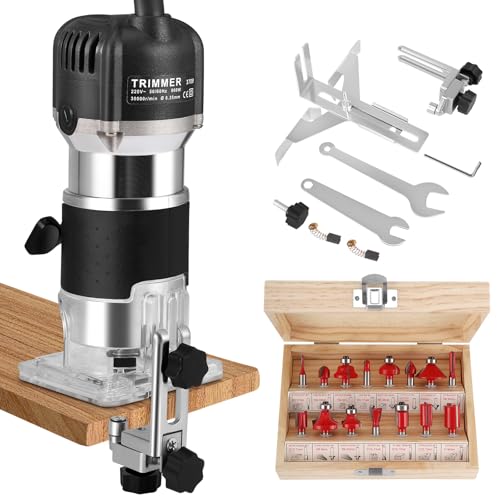I have noticed a few Fluke/Philips analogue scopes from the 90's on ebay of late. The PM3082, 3984, and the combiscope versions with a little digital memory are quite high tech as analogue goes.
A jaunt down memory lane.


I love that the mini coax cables are tied together with lacing cord.
A jaunt down memory lane.


I love that the mini coax cables are tied together with lacing cord.
Last edited:





































